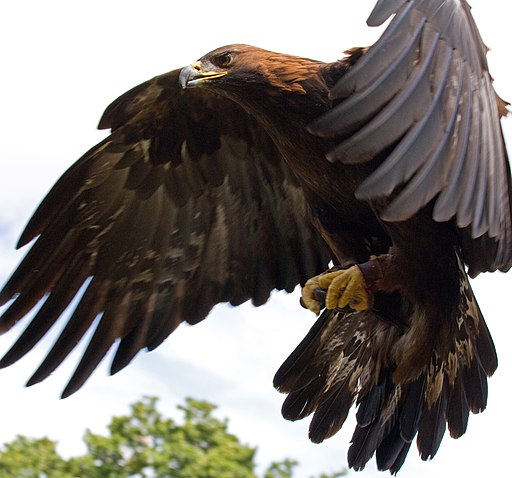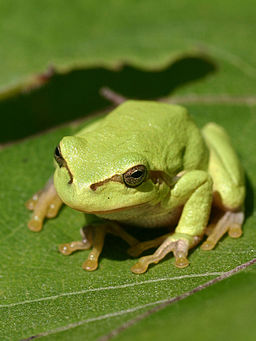A diverse range of millions of different animal species live in the rainforests because there is plenty of: food, water and warmth for them.
Arboreal animals that live among the branches need to be able to move from tree to tree whilst only small creatures live on the forest floor because they can move about the tangled shrubbery more easily than larger animals.
- Eagles sit on the branches of the tallest trees, looking for animals below who they can swoop down on to eat.
- Parrots have
strong, curved bills (beaks) to break open nuts and seeds from giant
trees. They have multi-coloured feathers to help them stay camouflaged
(hidden) among the colourful blossoms of the trees.
- Sloths have hook-like claws to help grip the branches. They move very slowly and sleep hanging upside down.
- Flying squirrels glide between trees using a flap of loose skin that connects its front and hind legs.
- Spider monkeys have a powerful tail which they use to help them swing quickly from branch to branch.
- Tree frogs are light in weight and have discs at the tips of their fingers and toes to help them grasp tree leaves.
- Jaguars
have a dark, spotted body so that they can creep up on and ambush prey
without being seen. To kill, they bite directly through the skull
between the ears and into the brain.
- Chameleons can
change the colour of their skin to help them camouflage (hide) from any
predators. They also have long tongues that can flick out and stretch
up to twice their body size to catch insects.
- Howler monkeys
make lots of noise to tell each other where they are in the gloomy
forest floor. They are the loudest land animal in the world and their
growls can be heard clearly for 20 miles.
- Tapirs are active at night and they have a long snout to pull food into their mouth, such as fallen fruits and nuts.
- Leafcutter ants cut out tiny pieces from leaves and carry them back to their nest.
- Weevils like to feed on the decaying wood of fallen tree trunks.
| 











No comments:
Post a Comment